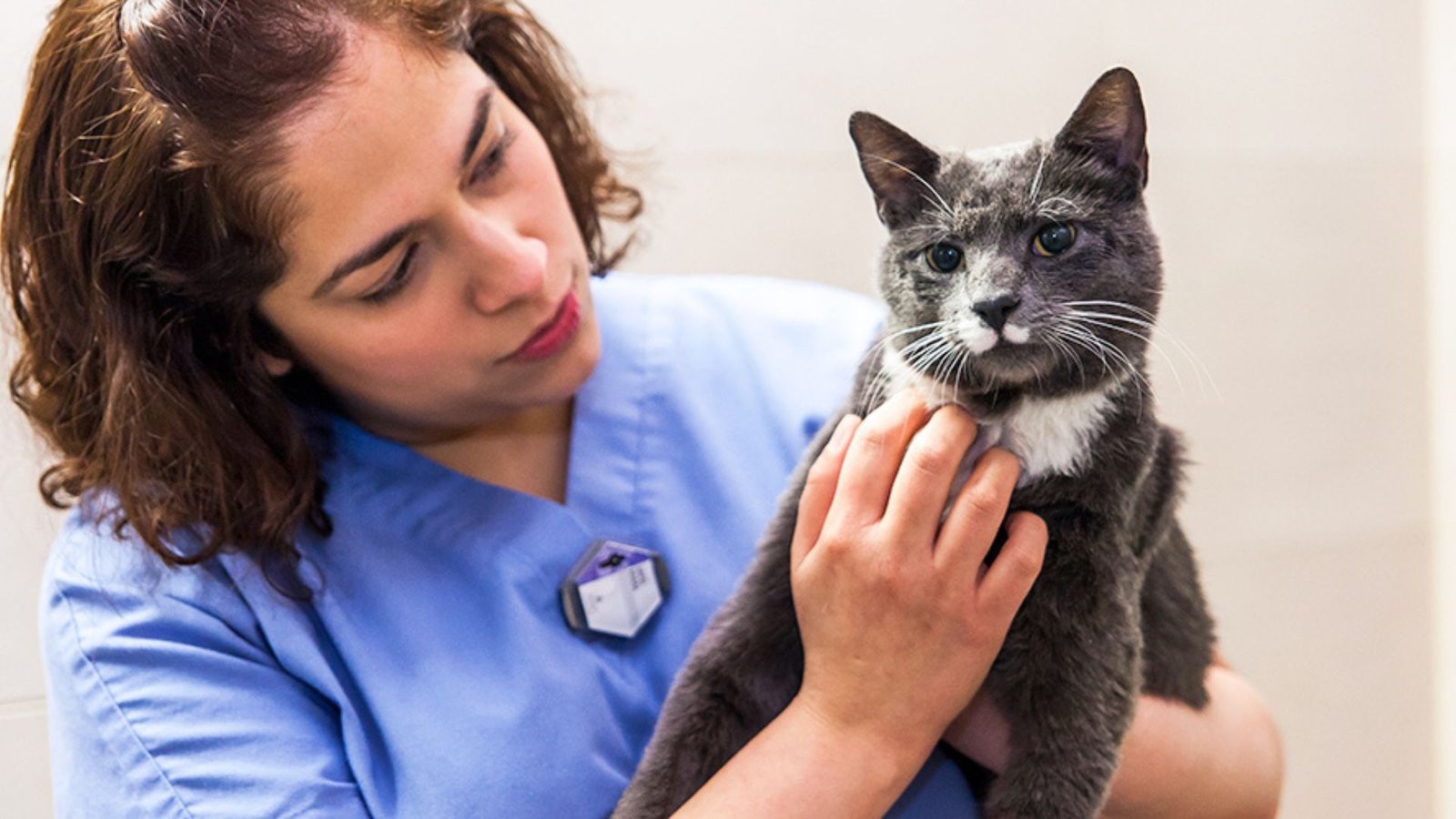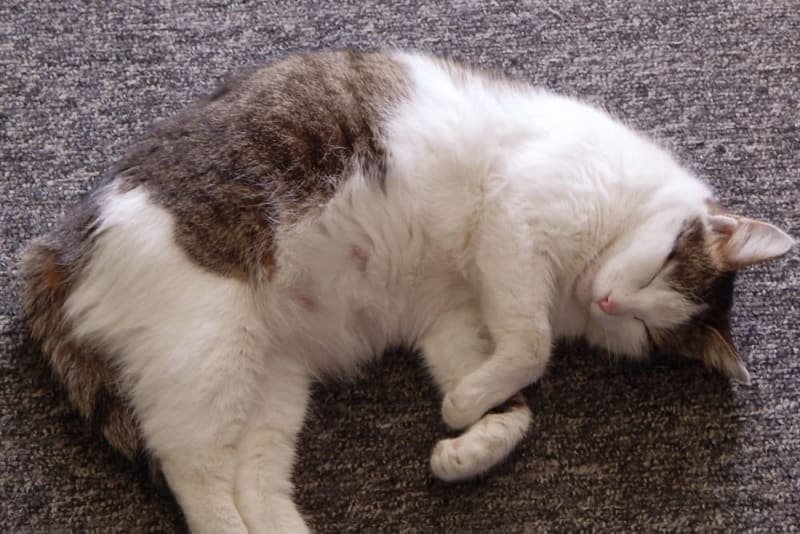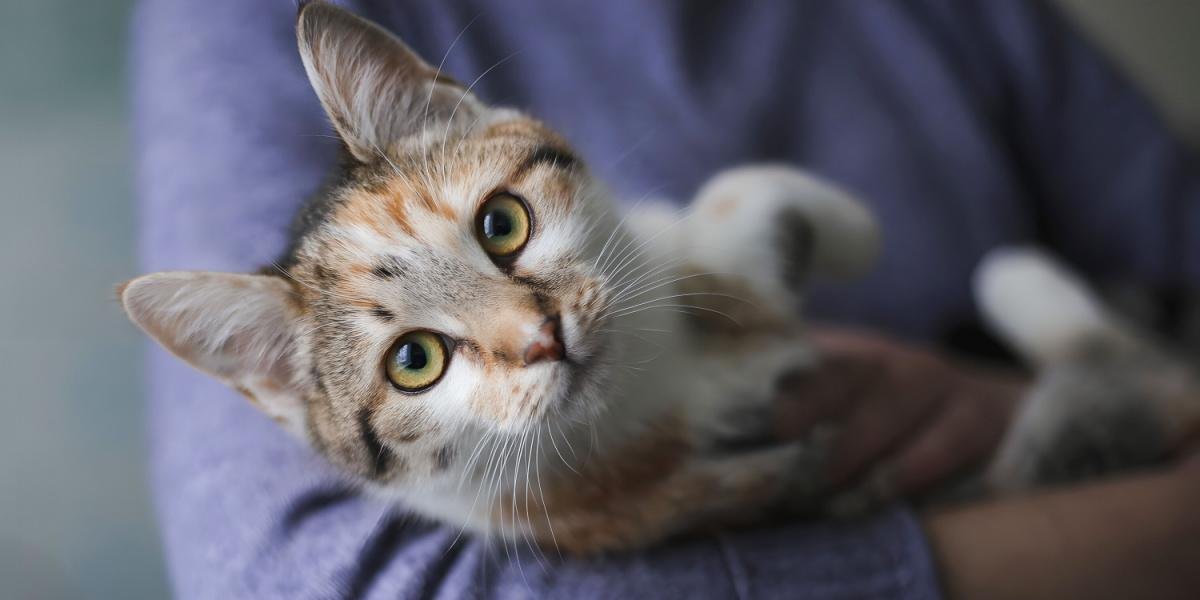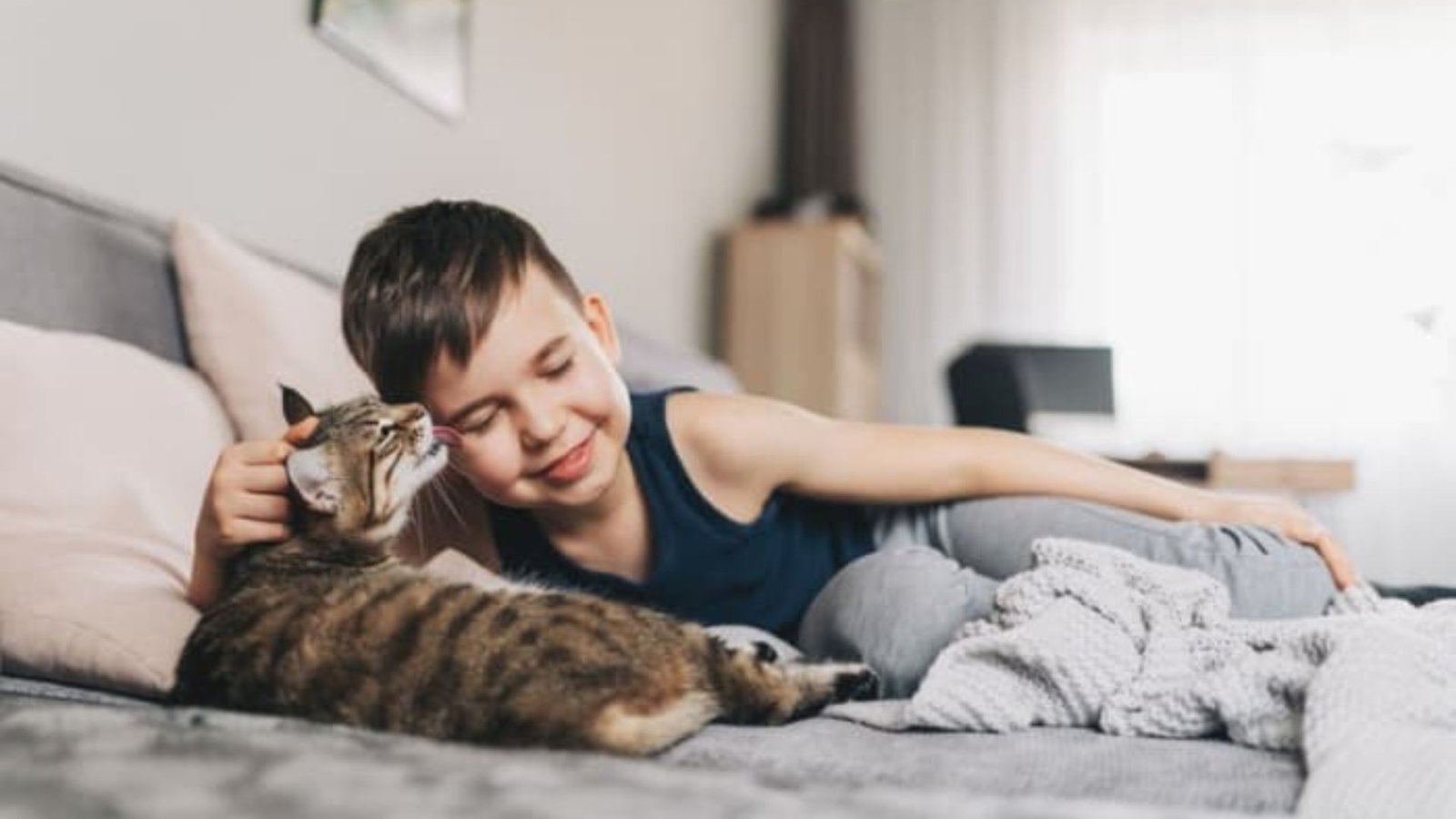Long-haired cats are known for their stunning coats, but maintaining that beautiful fur requires extra care and attention. Whether you have a Maine Coon, Persian, or another long-haired breed, proper grooming is essential for your cat’s health and well-being. In addition to keeping your cat’s fur shiny and soft, regular grooming helps prevent matting, reduces shedding, and promotes overall comfort. In this article, we will explore key grooming tips to keep your long-haired female cat looking and feeling her best.
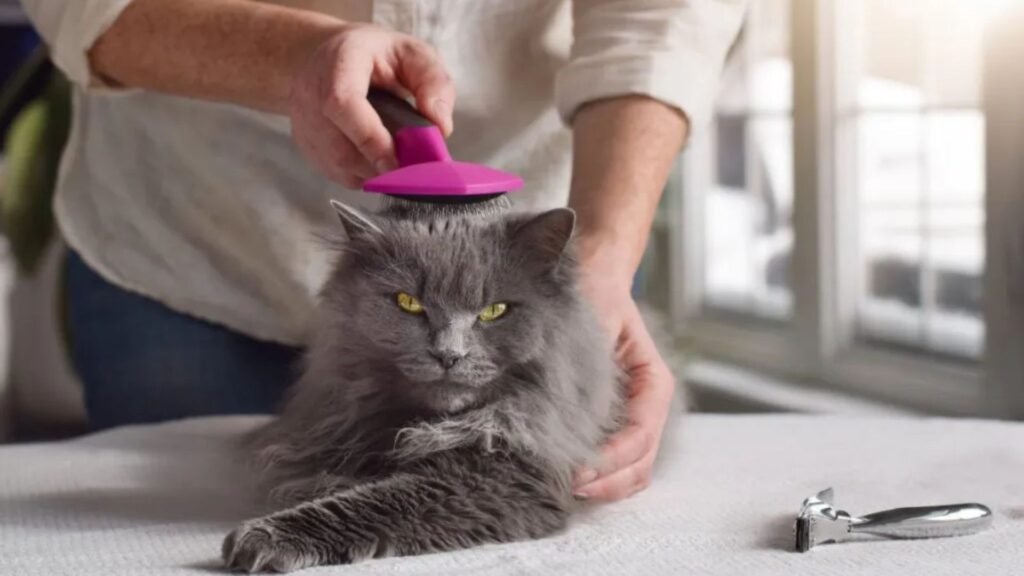
Brush Regularly to Prevent Mats and Tangles
One of the most important grooming tasks for long-haired cats is regular brushing. Long fur can easily become matted or tangled, which can be uncomfortable or even painful for your cat. Mats can also trap dirt, debris, and moisture, leading to skin issues and infections.
- How Often to Brush: Aim to brush your cat’s coat at least 3-4 times a week. If your cat’s hair is especially thick or prone to tangles, daily brushing may be necessary.
- Best Tools: Use a wide-toothed comb or slicker brush for detangling, followed by a pin brush to remove loose hair. A mat splitter or dematting tool can be helpful for stubborn tangles, but use it gently to avoid hurting your cat.
- Technique: Always start brushing at the ends of the fur and work your way toward the roots. Be gentle and avoid tugging, as this can cause pain and stress for your cat.
Bathing Your Long-Haired Cat
While cats are generally excellent at grooming themselves, long-haired cats may need occasional baths to maintain their coat’s cleanliness and prevent matting. Bathing can help remove dirt, oils, and dead hair that brushing might miss.
- How Often to Bathe: Most cats don’t need frequent baths, but long-haired females may benefit from a bath every 4-6 weeks. Cats that spend a lot of time outdoors or have skin issues may need more frequent bathing.
- Shampoo Selection: Choose a cat-specific shampoo that’s gentle on their skin and free from harsh chemicals. Avoid using human shampoo, as it can be too strong and dry out your cat’s skin.
- Bathing Tips: Make sure to rinse thoroughly to avoid shampoo residue. Gently towel dry your cat after the bath, then let her air dry or use a low-heat blow dryer if she tolerates it.
Trimming Your Cat’s Coat
Regular trimming is essential for long-haired cats, especially in areas prone to matting, such as around the armpits, behind the ears, and underneath the belly. Keeping these areas neatly trimmed can help prevent discomfort and matting.
- Tools for Trimming: Use pet grooming scissors with rounded tips to trim delicate areas. For large areas of fur, consider using an electric pet trimmer designed for cats.
- How to Trim: If you’re not comfortable trimming your cat’s fur yourself, seek help from a professional groomer. If you choose to trim at home, ensure your cat is calm and relaxed, and work in small sections. Avoid trimming too close to the skin to prevent accidental cuts.
Pay Attention to the Undercoat
Long-haired cats often have a thick undercoat that can become tangled and matted. It’s important to address the undercoat separately to avoid buildup and discomfort.
- Undercoat Grooming Tools: Use a de-shedding tool or undercoat rake to remove loose hairs from the undercoat without disturbing the outer coat. These tools are especially effective for breeds like Persians or Maine Coons that have thick undercoats.
- Technique: Gently work through the undercoat, starting from the neck and working down toward the tail. Make sure to brush slowly and methodically to avoid pulling or irritating the skin.
Ear Cleaning
Long-haired cats are prone to earwax buildup and debris, which can cause discomfort and infection if left unchecked. Regular ear cleaning is an important part of your grooming routine.
- How to Clean: Use a cat-safe ear cleaner and a soft cotton ball or gauze pad. Gently wipe the inside of the ear, focusing on the ear flap and the outer ear canal. Never insert anything deep into the ear canal, as it can cause injury.
- Signs of Infection: If your cat has an excessive amount of earwax, a foul smell, or signs of discomfort when her ears are touched, consult your veterinarian for proper treatment.
Conclusion
Grooming your long-haired female cat is an essential part of maintaining her health and beauty. By brushing regularly, keeping her coat clean, and addressing any potential issues such as mats, tangles, or skin irritations, you can help ensure that your feline companion remains comfortable, happy, and healthy. While grooming may take some time and patience, it’s an excellent way to bond with your cat and keep her looking and feeling her best. If you’re ever in doubt about grooming techniques or noticing signs of discomfort, don’t hesitate to reach out to your veterinarian for advice or assistance.

